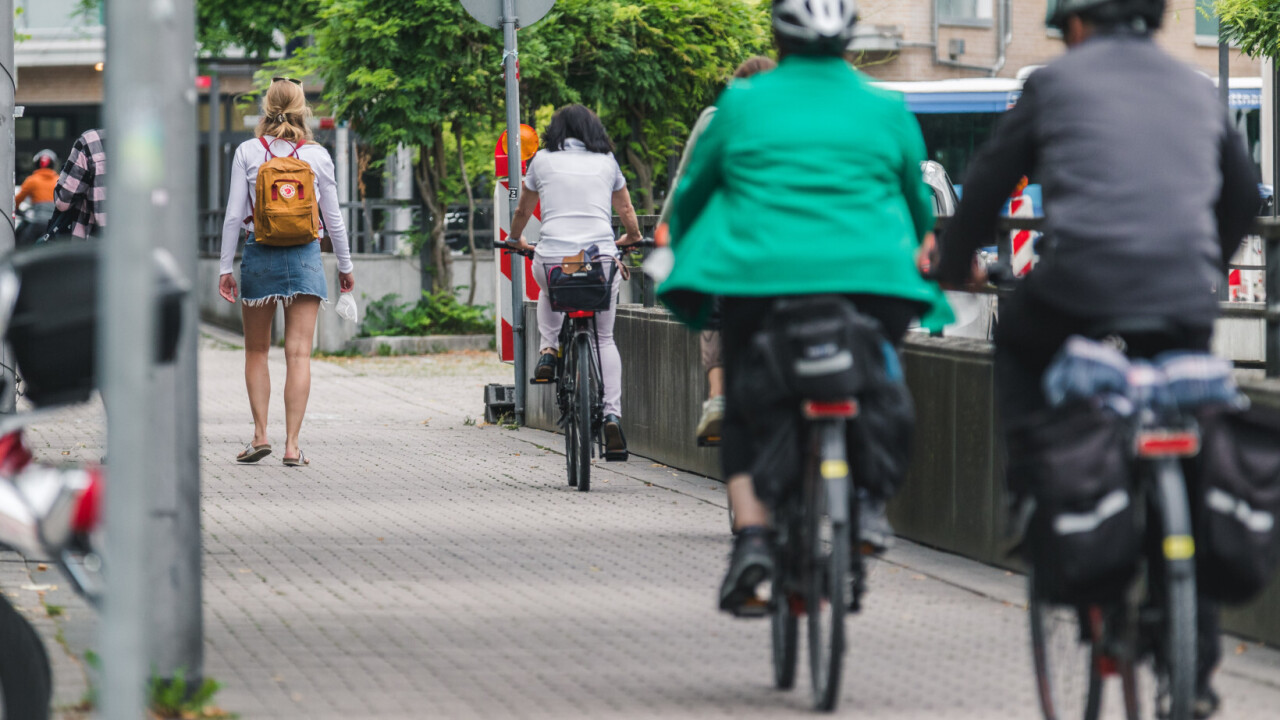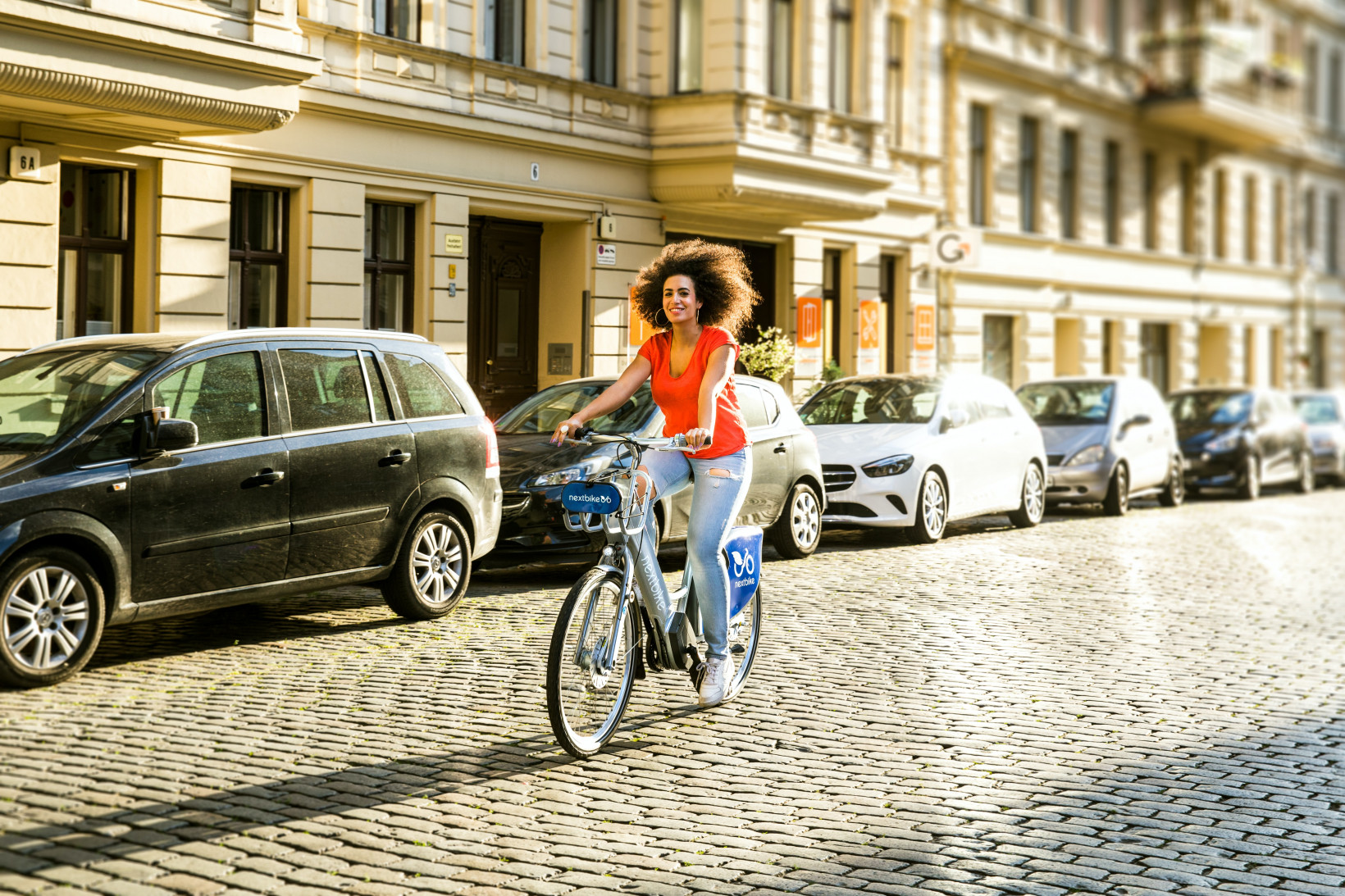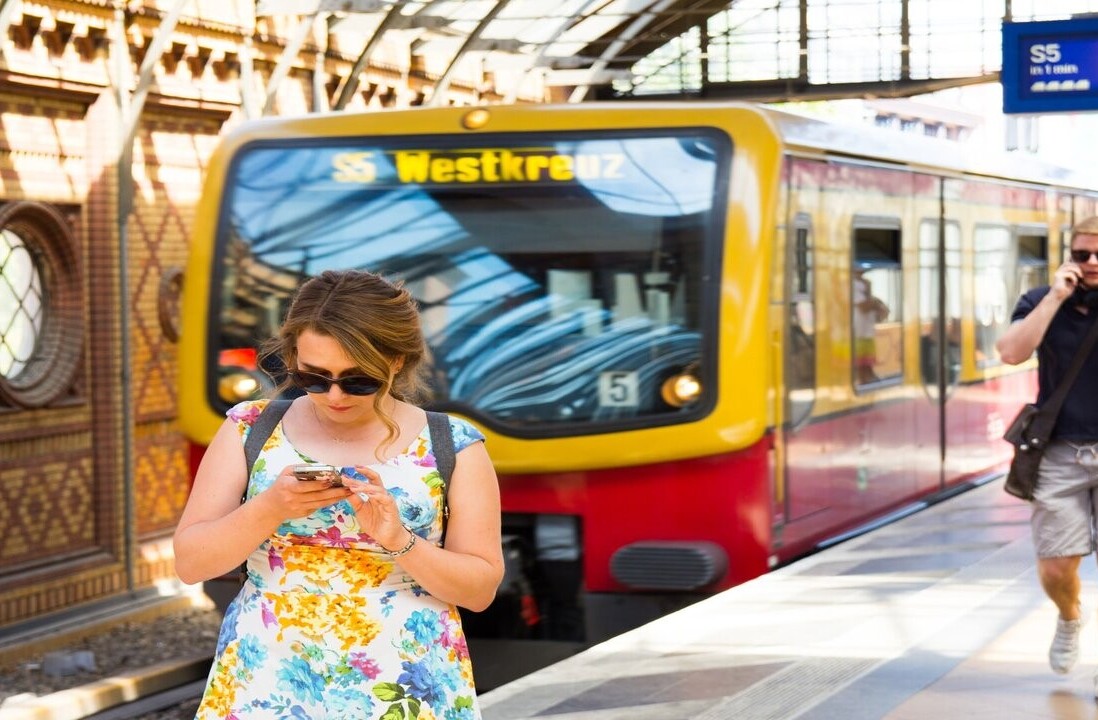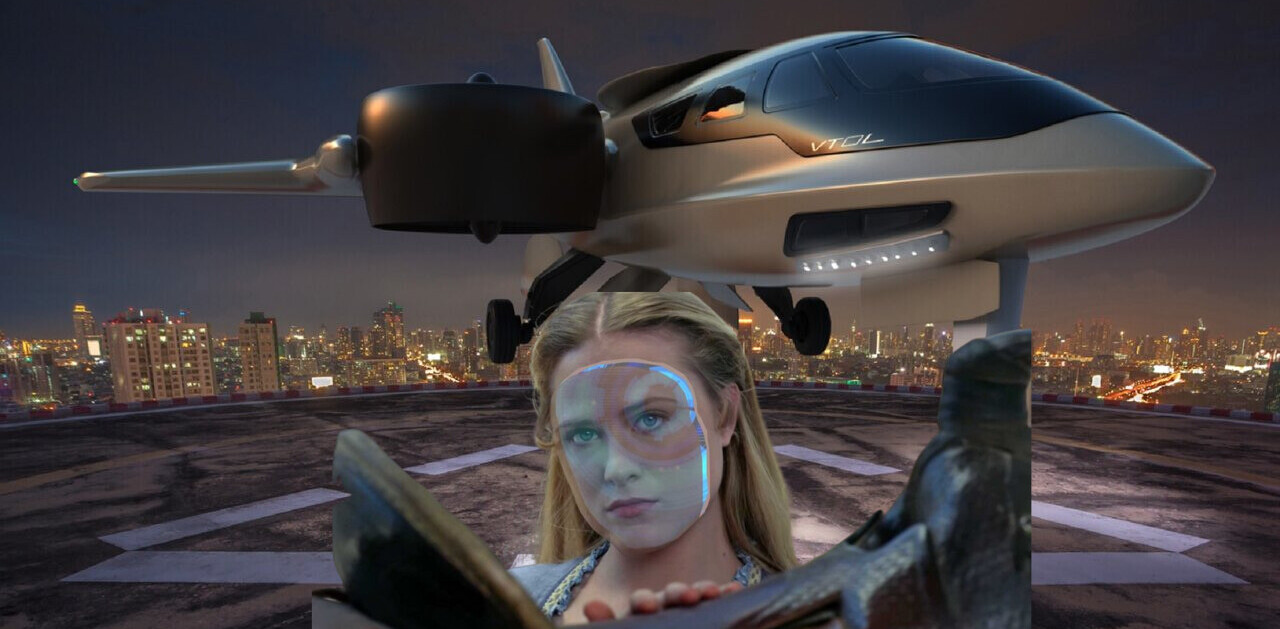
I recently attended the Autonomy Mobility Conference in Paris. A great 2-day experience filled with keynotes and great conversations all centred on what’s next in mobility. This is what I learned.
First of all, I found it quite fitting that the conference took place in Paris. The mobility landscape of the French capital has been radically transformed during the past two years, and it really shows that the future of mobility is not too far away, if we purposefully work towards changing our infrastructure and mindset: Pop-up bike lanes are everywhere, and the city is replete with bike and scooter sharing options, a completely different picture if you compare it with the Paris of just a few years ago.
First impressions at the conference
Already upon entering the pavilion at Porte de Versailles it was clear, that this conference was looking toward the future of mobility — and not, as many mobility conferences, towards cars. You could feel this by the very prominent positioning of bikes, scooters, sharing providers in general complemented by even more diverse options in the microobility sphere such as eMopeds, cargo bikes in various sizes, last-mile delivery vehicles, some autonomous public transport vehicles, and even tiny cars for only 1 or 2 passengers.

And, of course, everything with electric motors. The other thing that initially stood out was how discussions were focused on data, API’s and how to bring it all together. Private companies targetting great user experiences alongside governments and local authorities focused on every citizen; from pedestrians, cyclists, car owners, and residents alike.
The challenges confronting mobility today were obvious as soon as you left the conference, even when using a bike-sharing option to ride into the city center.
Different means of transportation and modalities are all sharing the same space on the road, but it might not have to be this way. But how do we organize all of this without looking for more regulation? How do we separate trucks, buses, SUVs from micro one-passenger cars, motorcycles, eMopeds, bikes, cargo bikes, scooters and pedestrians from each other? To ensure safe travel and constant travel flow? Where do we park all those vehicles that take too much space?
And the big question is, how do we make new mobility options more attractive?
It’s complex and the solution must consider many different aspects. The more I think about it, the more I’m convinced that Mobility-as-a-Service is the key. To join the options of cars, bikes , and whatever comes next in public transport to make the multimodal and smart option the most attractive one.
It comes down to changing our behavior towards booking a service rather than buying a product. Here are 3 thoughts on why this makes sense and how they can help shape mobility for a better future.
Micromobility

The means of transportation are getting smaller. I think, in general, that this is a good thing compared to the opposite trend of things like SUVs getting bigger and bigger. But micro-mobility will only deliver an added value that benefits us all if it’s a Mobility-as-a-Service solution. Otherwise, it would only add even more vehicles to the existing portfolio of owned means of transportation. With shared options, it will no longer be to actually own a bike, a cargo bike, a small car , and a bigger car.
Instead, we can rent something we need for a specific context. By doing this, we can drastically help solve the problem of inefficiency with cars — on average each car carries only 1.5 people. For single-person trips you simply rent a smaller car/bike/scooter, and when you’re a group, you rent a bigger vehicle. Having fewer cars will obviously also improve the inefficient use of public space that privately owned cars take up today through parking.
Multimobility
Adding all the new types of micro-mobility vehicles which are being produced and brought to market today with the existing options of cars, bikes, public transport , and pedestrians create a world of multiple transportation options. But, the diversification of mobility makes it extremely difficult to organize and leads to the question of what’s the right infrastructure?
How do we separate a delivery truck from one-person tiny electric car? How do we bring together a regular bike with an eCargo Bike transporting 350kg of cargo?
The answer could be found if we focus on that which is already there, and which options are already good in terms of efficiency: For instance public transport along with biking and walking.

A good example is the city of London, where the authorities have set a goal of achieving an 80% share of traffic being public transport, biking, and walking by 2040.
And Paris, as well, is working on creating a 15-minute city. A city where you can reach any of your domestic needs within 15 minutes, such as shopping, working, and, in general, just living.
And to achieve this, regulation plays a big part. To emphasize, nudge and regulate towards things such as not allowing big trucks to go into the city centre and to use last-mile micro cargo instead.
Other options could be to raise the parking costs for cars and make the alternatives more attractive. A great example is the city of Talinn where public transportation is free for citizens and visitors who use the park and ride scheme.
Additionally, the infrastructure, both physical and digital, has to be aligned. Physically that means separating weaker means of transport from the harder ones to prevent accidents and digitally to make sure it’s easy to use the alternatives.
Society Centric
To handle the complexity and the diverse aspects of mobility in the future, we need to bring everyone aboard to co-create. We need to bring public institutions, governments closer to private companies.
Instead of focussing on single users of a specific product or service, they need to think more holistic and in context, always. Because sometimes citizens need cars, and sometimes they can simply walk or bike. Citizens across every city have different needs at different times. Be that riding bikes together with our kids, the key is being flexible and in close proximity to the mobility options.

When co-creating and thinking holistically, we should also always consider the impact each specific means of transportation has on all others. If we do, it becomes crystal clear, that owning a gasoline-powered car simply has no future. It doesn’t just take up space on the road and through parking — on average it stands still 23 hours a day — it’s also loud and a heavy polluter, especially compared with an EV. Imagine the space it could free up for citizens and society by having fewer cars across the cityscape.
Even when it’s in use, the capacity of the car puts pressure on everything else by blocking the flow of traffic — it literally blocks the road for more efficient options such as public transportation and micro-mobility options. And it’s not even efficient for the user themselves. Drivers struggle in traffic jams (a Parisian car driver averages almost 70 hours per year stuck in traffic jams) or when looking for parking lots, and these will get more expensive anyway. Although it might sound like it, the solution is not centered on punishing car drivers.
Most of us need to drive a car from time to time. It’s about making alternative means of transport more attractive, cheaper (or for free), safer, and faster, and we can do this by being smart about how we separate the personal car from the main traffic routes and offering a better option, which we can choose easily for the best context. It’s about creating a great future of mobility that benefits everyone at a society-centric level.
Mobility-as-a-Service is the most present and obvious solution to the future of mobility. Shared means of transport, powered by humans or sustainable energy. The benefits would be more space, better air, less noise and overall: more time to enjoy life for all of us. I’m curious and excited about that future, and so are my colleagues at Manyone.
Want to find out more?
If you’re keen to learn more, you can visit our dedicated mobility page at Manyone.com and explore our five principles for the future of mobility. If you need focus, insights or ideas, you’re more than welcome to reach out to me. We already do different projects with great clients working on topics like electric charging, autonomous driving, sustainability initiatives and mobility-as-a-service solutions. We’re all about co-creating a better future by integrating all groups who can benefit from designing a better future for mobility, be that private companies, government and public institutions, but in the end it’s about real people and improving their lives.
Manyone is a strategy-design hybrid. Visit us at Manyone.com or follow us on LinkedIn, Facebook and Instagram. This article is reproduced with permission from the author from Medium. You can read the original here.
Get the TNW newsletter
Get the most important tech news in your inbox each week.




